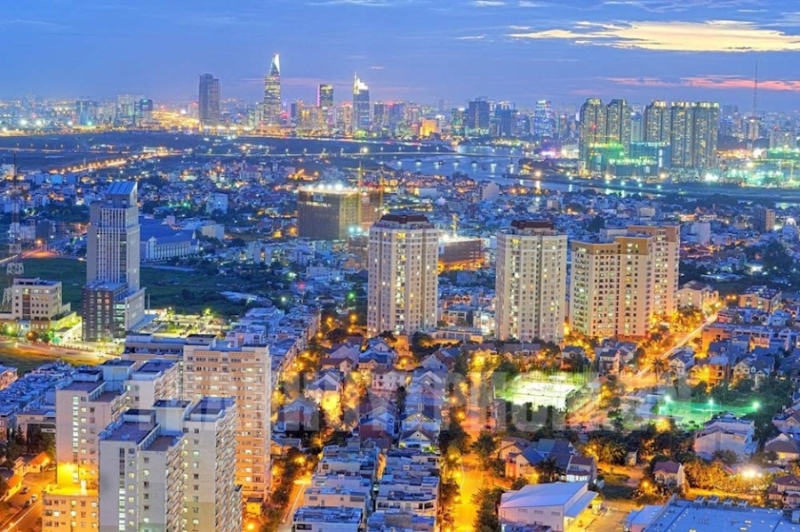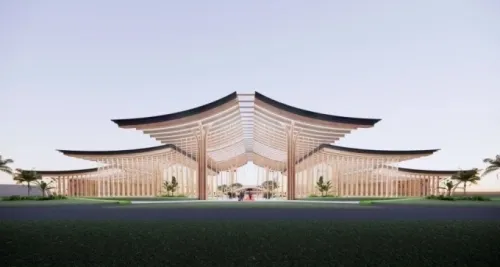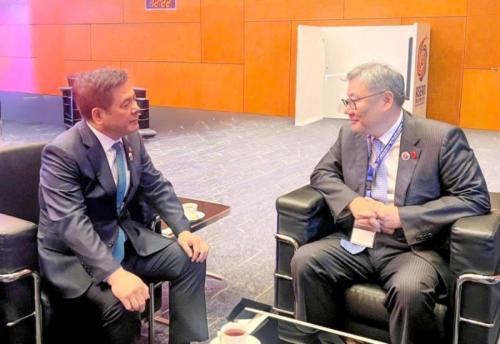Three pillars to create breakthrough development for HCM City in 2025 – 2030
These include institutional improvement, infrastructure breakthroughs, and human resource quality.
According to a draft resolution, presented by Ho Chi Minh City People's Committee Nguyen Van Duoc at the closing session of the 1st Congress of the municipal Party Organization, held on October 15, Ho Chi Minh City is determined to achieve comprehensive innovation with institutional improvement, infrastructure breakthroughs, and enhancing human resource quality, which are seen as three pillars to create breakthrough development for the southern city in the 2025 – 2030 period.
This was the first Congress of the Party Organization of the Ho Chi Minh City (2025-2030 term), after its merger with the former provinces Binh Duong and Ba Ria - Vung Tau, which opened on October 14.
Regarding policy and institutions, the city will focus on resolving long-standing issues and removing obstacles for stagnant projects, construction works, and land funds, thereby creating new space for urban development.
In particular, the city will pilot an autonomous urban model, granting higher authority in planning, smart urban management, and budget allocation, ensuring sufficient resources to achieve growth targets and improve the quality of life for its residents.
Regarding infrastructure development, breakthroughs in infrastructure are identified as a pillar for the new term. The city will promote regional connectivity through a system of roads connecting with the provinces of Dong Nai, Tay Ninh, Dong Thap, Lam Dong, etc., including ring roads, expressways, national highways, urban main axes, coastal and riverside roads, along with major interchanges and bridges.
Concurrently, the city will prioritize investment in coastal roads, the Saigon riverside road, routes connecting seaports, Tan Son Nhat International Airport, the East-West axis (extended Vo Van Kiet Street), the Northwest axis, the Binh Duong-Tay Ninh dynamic axis, and inter-regional connecting bridges.
In the transportation sector, the city will accelerate the development of the urban railway system, invest in freight railways combined with passenger transport, and develop modern seaport systems such as Cai Mep Ha, Can Gio, Vung Tau International Passenger Port, and ports on the Saigon River.
At the same time, it will upgrade Con Dao Airport, dredge and renovate the canal and drainage system, build wastewater treatment plants, and develop a smart-green transportation system, applying artificial intelligence (AI), IoT (Internet of Things), and big data in urban management.
Regarding human resource development, the city will promote digital transformation, apply AI in education, expand integrated education methods, and universalize English proficiency.
Alongside this are policies to attract, compensate, and retain talent, forming an international-standard training-research-startup ecosystem, developing vocational education linked to the demand for digital labor, and gradually building some training institutions to regional and international standards.
Source: Thanh Thủy
Photo: Illustrative photo





